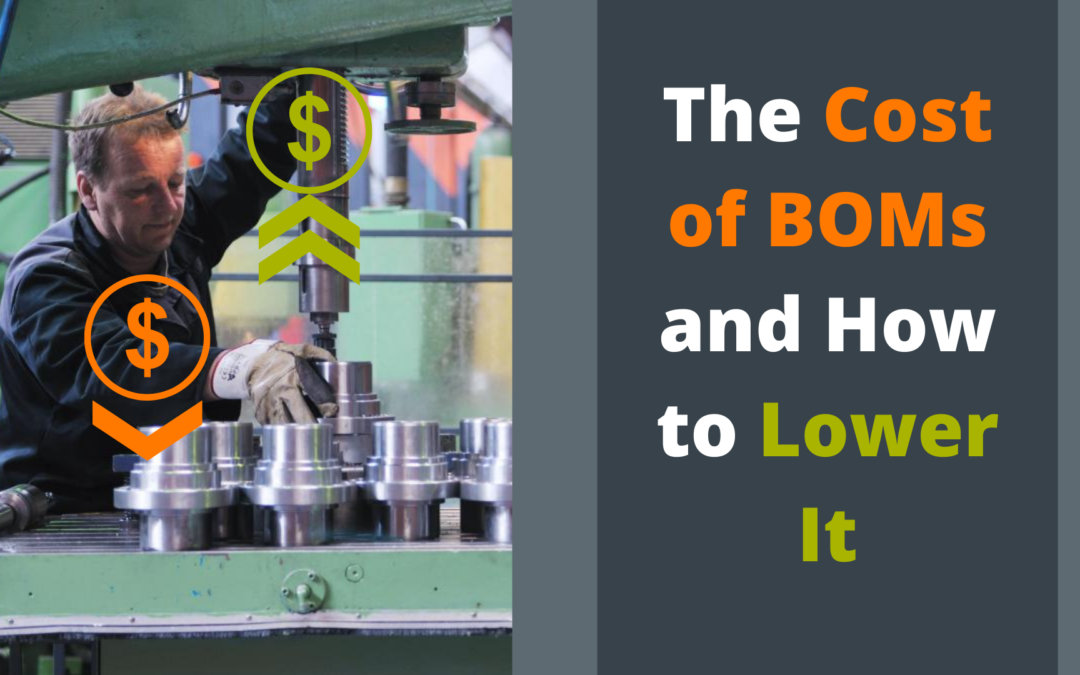Companies that manage numerous assets throughout daily operations depend on the effective management of spare parts. In turn, costs can be reduced while keeping pace with productivity targets. Effective spare parts management and optimization include:
- Stocking the recommended spare parts for critical assets.
- Eliminating duplicate spare parts to reduce inventory costs.
- Having clear and available documentation that accurately identifies the parts required to maintain assets and complete work orders.
If your EAM system contains poor-quality spare parts data, it can have various impacts on the management of your spare materials.

Duplicates Are Everywhere
Information on how to obtain spare materials may already be in your EAM system, but it’s not uncommon to need to rush a part to accommodate upkeep. This can lead to duplicate entries of parts being entered into the EAM system with unnecessary expenses.
Often, your parts list in your system becomes filled with inconsistently named parts, duplicates, obsolete parts, and other insufficient information. This makes it challenging for maintenance workers to find the information they need to complete work orders, resulting in unnecessary delays and downtime, expensive procurements, and more. They use data to determine which parts are critical and the optimal number of parts to stock in each case. If their data to make these determinations is inaccurate, they stock the wrong parts or insufficient stock quantities.
Companies will stock spare materials for critical assets to avoid extended production outages. They use data to determine which parts are critical and the optimal number of parts to stock in each case. If their data to make these determinations is inaccurate, they stock the wrong parts or insufficient stock quantities. If a critical spare part is not available in your parts inventory, you may need to speed up ordering and obtain the part. This can be incredibly costly, time-consuming, and unplanned downtime. If an integral spare part is required but absent from inventory, users may need to fast-track a delivery.
Bad Parts Data
Maintenance inefficiencies can occur because your spare parts data contains descriptions that do not adhere to a naming convention, or your spare parts are not classified with relevant characteristics recorded. These scenarios make it difficult for maintenance technicians to understand spare part descriptions and locate parts. As a result, maintenance workers may spend significant time searching for parts within the EAM system, and wrench time is decreased. Suppose your company is struggling with poor-quality spare parts data. In that case, materials cleanse a great way to review and cleanse your data to improve your maintenance processes and avoid unnecessary costs.
How We Can Help You
Are you looking to learn more about the implications of bad spare parts information on your BOMs? Book a demo or download our brochure!
The Cost of BOMs and How to Lower It
Tips To Create Good Quality Maintenance BOMs
Signs you should start building a BOM
Share this article




